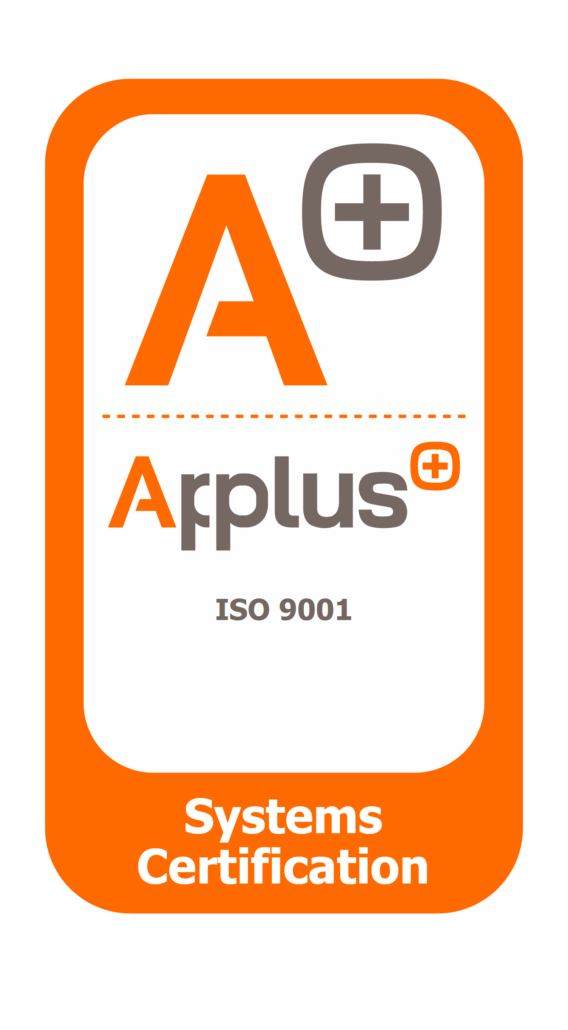Why IoT Parcel Tracking Is Transforming Logistics
IoT Parcel Tracking is rapidly emerging as game-changer in the logistics and shipping industry. By integrating connected sensors into delivery processes, companies can gain real-time insights into parcel location, condition, and estimated arrival times. This not only improves delivery accuracy but also enhances transparency for both customers and service providers.
In today’s fast-paced world, consumers expect precise delivery windows and real-time updates. Traditional tracking methods no longer meet these demands. Fortunately, IoT technology bridges this gap by offering intelligent, data-driven solutions to optimize every step of the supply chain.
How IoT Parcel Tracking Works
IoT parcel tracking relies on smart sensors and connectivity protocols to collect and transmit data throughout a parcel’s journey. These sensors are attached to packages or containers, transmitting data via networks such as NB-IoT, LoRaWAN, or LTE-M.
Key Components of IoT Parcel Tracking
- GPS and Location Tracking: Real-time positioning provides continuous visibility into the parcel’s location.
- Environmental Monitoring: Sensors track temperature, humidity, vibration, and shock to ensure goods arrive in optimal condition.
- Connectivity Protocols: Low-power wide-area networks (LPWANs) such asSigfox or LoRaWAN enable energy-efficient and cost-effective long-range tracking.
- Cloud-Based Dashboards: Data collected by sensors is visualized and analyzed through platforms such as thethings.iO, empowering logistics managers to make informed decisions.
Benefits of IoT Parcel Tracking for Businesses
Implementing IoT parcel tracking offers a wide range of advantages, particularly for companies looking to enhance supply chain efficiency and customer satisfaction.
1. Improved Delivery Accuracy
Real-time updates minimize human error and improve the predictability of delivery time windows. This results in fewer missed deliveries and improved customer loyalty.
2. Damage Prevention and Quality Control
Monitoring conditions during transit helps detect when parcels are mishandled. Alerts can be triggered if a product is dropped, overheated, or exposed to humidity, enabling proactive responses.
3. Increased Operational Efficiency
IoT insights help companies streamline warehouse operations, optimize delivery routes, and manage fleets more effectively. Over time, this leads to lower fuel costs and faster delivery times.
4. End-to-End Visibility
Transparency throughout the entire delivery process builds trust. Customers receive real-time updates about parcel status, estimated arrival, and any delays.
Industries Benefiting from IoT Parcel Tracking
While virtually any logistics-driven business can benefit from IoT parcel tracking, certain industries experience particularly high returns on investment:
- E-commerce: Reduces failed deliveries and enhances customer satisfaction through real-time tracking.
- Pharmaceuticals: Maintains cold-chain compliance and detects temperature deviations to ensure product safety.
- Food & Beverage: Preserves freshness and hygiene by monitoring key environmental conditions.
- Luxury Goods: Deters theft and offers secure, transparent tracking for high-value items.
Choosing the Right IoT Platform for Parcel Tracking
With many IoT platforms on the market, it’s essential to select one that aligns with your operational needs.
At thethings.iO, for example, we provide real-time dashboards and fully branded control panels that enable companies to connect and manage over a million devices. Businesses can easily visualize sensor data, track key metrics, and set up customized alerts for exceptions, all under their own URL and branding identity.
These platforms reduce time-to-market and support scalable deployment across thousands of parcels and delivery locations.
Challenges and Considerations
Despite the advantages, there are a few challenges to consider:
- Battery Life: Sensors must last throughout the entire delivery cycle, making energy-efficient hardware essential.
- Network Availability: Remote or rural areas may not have sufficient connectivity. Protocol selection should consider signal coverage.
- Data Privacy and Security: The secure transmission and storage of sensitive data must comply with relevant local and international regulations.
By addressing these considerations early on, companies can build a more robust,reliable and scalable IoT parcel tracking system.
Conclusion: The Future of Smart Deliveries
IoT parcel tracking is no longer a futuristic concept, it’s a present-day necessity. As logistics operations grow more complex and customer expectations continue to rise, the integration of connected sensors and smart platforms is becoming essential.
Whether it’s about tracking a single delivery or managing an international supply chain, IoT is redefining how businesses approach shipping. With platforms like thethings.iO, companies can gain real-time visibility, minimize risk, and build smarter, more responsive delivery systems.


